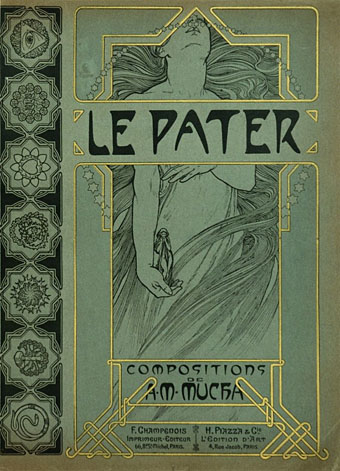Lou Taylor Pucci in Spring.
It was good to finally see Spring (2014) at the weekend, the film that Justin Benson and Aaron Moorhead made in between their connected time-twisters, Resolution (2012) and The Endless (2017). Halfway through Spring there’s a blink-and-you-miss-it moment of intertextuality when the poster above is shown among the pictures that cover the apartment walls of the mysterious Louise (Nadia Hilker). Most of the other pictures in the room are charts that depict the stages of animal evolution; Louise’s poster also depicts a process of evolution but one that occurs only within the pages of the Codex Seraphinianus (1981), the celebrated guidebook to an invented world by Luigi Serafini. If you’re familiar with Serafini’s drawing, which originally filled two pages of the Codex, then the reference is especially enjoyable. Spring‘s themes of sexual obsession and physical transformation are neatly paralleled here, as is the Italian setting of the film, Serafini being an Italian artist whose work is still more visible in Italy than elsewhere. Many other directors would give more attention to this but Benson & Moorhead leave the reference in the background.
Spring is available on blu-ray in the UK from 101 Films. For more on the Codex Seraphinianus there’s this piece of mine written a few years ago for Fantastic Metropolis.
Previously on { feuilleton }
• The Codex Seraphinianus



